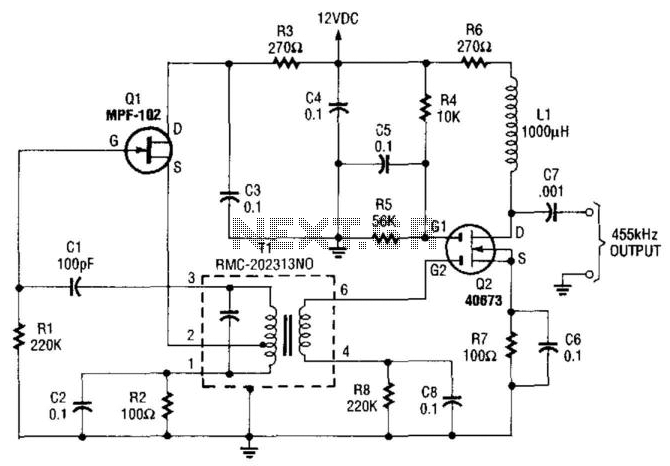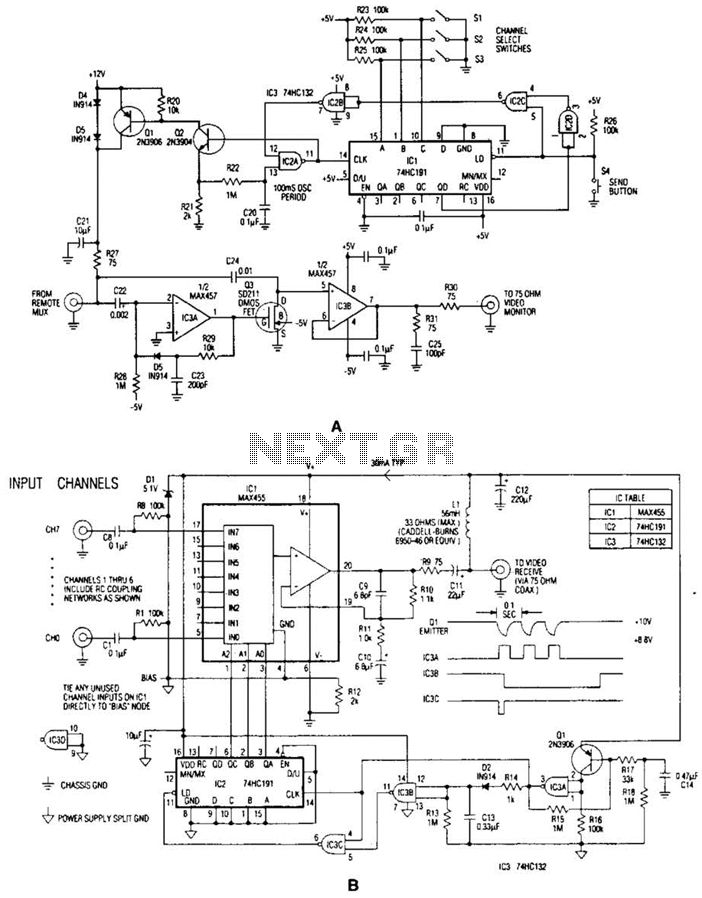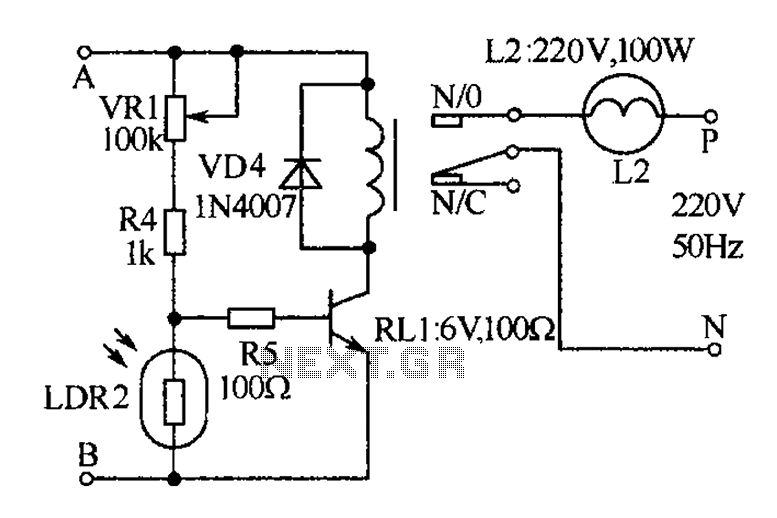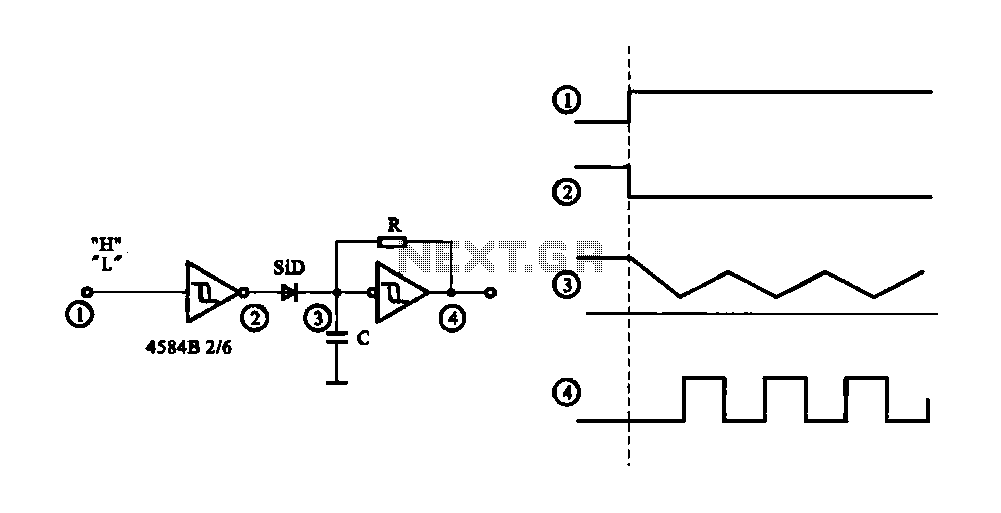
Signal Conditioners Information
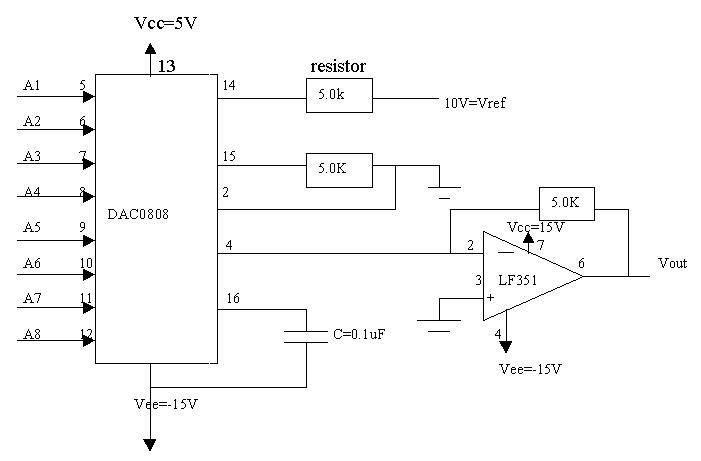
Signal conditioning involves a series of operations applied to a signal to make it compatible for interfacing with other devices or systems. Signal conditioners are the devices that execute this operation, featuring both an input and an output. Typically, the input is derived from a sensor measuring a variable, which may not necessarily be an electrical signal. The signal conditioning process is often referred to as a transfer function, as it transforms an input signal (or measurement) into a suitable output signal. For example, when a temperature sensor measures the temperature of a system or environment, the output (temperature) is not directly suitable for input into an electrical system. Thus, the temperature measurement needs to be converted into an electrical signal. Signal conditioners provide essential functions such as filtering, amplification, conversion, and other processes necessary to render sensor outputs compatible for computer board readings. They are primarily utilized for data acquisition, where sensor signals must be normalized and filtered to levels appropriate for analog-to-digital conversion. The resulting digital signal can then be analyzed or interpreted by a computerized device. Filters can be constructed using either active or passive components. Passive filters utilize only resistors, capacitors, and inductors, with a maximum gain of one. In contrast, active filters incorporate both passive components and active components like operational amplifiers and transistors, offering higher gain and sharper frequency response curves. Analog filters (RC) are designed with resistors and capacitors for analog signals, commonly used in low-noise applications. Digital filters (FIR, IIR) are constructed with solid-state components for digital signals and quantized signals from a sample-and-hold amplifier, achieving near-ideal bandpass characteristics. The filter's role is to segregate the signal's frequency spectrum into valid data while blocking noise. Standard filter responses include low-pass, high-pass, band-pass, and band-reject (notch) filters, selected based on the frequency of the analyzed signal. Low-pass filters block high-frequency components while allowing low-frequency signals. A simple passive low-pass filter can be made with a resistor and a capacitor. Band-pass filters permit signals within a specific frequency range while blocking those outside this range. Band-notch filters, or band-reject filters, allow all frequencies except those within a specified range. Amplification is the process of increasing the signal for processing or digitization. Signal amplifiers often consist of electronic components that amplify signals with minimal thermal noise. In certain applications, signals must be amplified or attenuated to drive a circuit or system. Various amplifier types are employed in signal conditioning, including voltage followers, which provide unity gain, reproducing the input signal and primarily serving as impedance matching devices. Isolation amplifiers are designed to isolate high DC levels from the data acquisition device while passing smaller AC or differential signals, ensuring electrical isolation between inputs and outputs. Instrumentation amplifiers are differential amplifiers optimized for DC signal applications.
Signal conditioning is a critical aspect of interfacing sensors with digital systems, ensuring that raw data is transformed into a format that can be effectively processed and utilized. The integration of signal conditioners in a circuit plays a pivotal role in enhancing the accuracy and reliability of measurements obtained from various sensors.
The choice of filtering method is essential for optimizing the performance of the signal conditioning circuit. For instance, low-pass filters are particularly effective in applications where high-frequency noise may interfere with the desired signal, such as in temperature sensing or pressure measurements. Conversely, band-pass filters are useful in applications like audio processing, where signals of specific frequency ranges are of interest, allowing for selective amplification and processing of those frequencies while attenuating others.
Amplification stages within the signal conditioning circuit also require careful consideration. The selection of the appropriate type of amplifier depends on the specific requirements of the application. For example, instrumentation amplifiers are ideal for applications requiring high input impedance and low output noise, making them suitable for interfacing with high-impedance sensors. Isolation amplifiers, on the other hand, are critical in applications where electrical isolation is necessary to prevent ground loops and protect sensitive components.
In summary, the design and implementation of signal conditioning circuits involve a comprehensive understanding of filtering, amplification, and conversion processes. These elements work together to ensure that sensor outputs are accurately transformed into usable signals for further analysis and interpretation, thereby enhancing the overall functionality of electronic systems.Signal conditioning is a set of operations performed on a signal that makes it suitable for interfacing with other devices or systems. Signal conditioners are the actual devices that perform this operation. These devices have an input and an output. Normally the input is a sensor that measures a variable, not necessarily and electrical signal. The signal conditioning process is also knownas atransfer function because the final effect is to convert an input signal (or measurement) into a suitable output signal. For instance, when a temperature sensor measures the temperature of a system or environment, the output of the sensor (temperature) is not suitable to be an input signal to an electrical system.
Therefore, the temperature measurement must be converted into an electrical signal. Signal conditionersprovide filtering, amplification, converting, and / orother processes required to make sensor outputs suitable for reading by computer boards. They areused primarily for data acquisition, in which sensor signals must be normalized and filtered to levels suitable for analog-to-digital conversion.
The digital signal is then available tobe analyzed or interpreted by a computerized device. Filters can be constructed from either active or passive components. A passive filter uses only resistors, capacitors, and inductors with a maximum gain of one. An active filter uses passive components and active components like operational amplifiers and transistors. They have a higher gain with sharper frequency response curves. Analog (RC) - Analog filters are designed with resistors and capacitors. They are used for analog signals only, and are often used in low-noise requirement applications. Digital (FIR, IIR) -Digital filters are designed with solid-state components and used for digital signals and quantized signals from a sample-and-hold amplifier.
This category includes finite impulse response (FIR) and infinite impulse response (IIR) filters. Digital filtering can approach ideal bandpass characteristics. The function of the filter is to separate the signal`s frequency spectrum into valid datawhile blockingnoise. The standard types of filter responses are low-pass, high-pass, band-pass, and band-reject (or notch filter).
Filters are selected based on the frequency of the signal to be analyzed. Low-pass filters block high frequency components; or allow the passage of low frequency signals. A simple passive low-pass filter can be constructed with only a resistor and a capacitor. Band-pass filters allow the passage of signals within a range of frequencies and blocks signals with frequencies below the smallest frequency in the range and above the highest frequency in the range. If the range (band) of frequencies is between f1 and f2 then the filter allows the passage of signals with frequencies between f1 and f2 only.
Band-notch filters, alsoknown as a band-reject filters, allow the passage of all frequencies with the exception of signals within a range of frequencies. Amplification is a process which increases (amplifies) the signal for possessing or digitization. Signal amplifiers often include electronic components that amplify signals without producing significant amounts of thermal noise.
In some applications a signal must be amplified or attenuated in order to drive a circuit or a system. There are many types of amplifiers used in signal conditioning including the following: Voltage followers have a unity gain, so the output signal is a reproduction of the input signal.
This type of amplifier is mainly used as an impedance matching device. Isolation amplifiers are designed specifically to isolate high DC levels from the data acquisition device while passing the relatively small AC or differential signal. The inputs and outputs are electrically isolated. Instrumentation amplifiers are differential amplifiers that have been optimized for use with DC signals.
They are characte 🔗 External reference
Signal conditioning is a critical aspect of interfacing sensors with digital systems, ensuring that raw data is transformed into a format that can be effectively processed and utilized. The integration of signal conditioners in a circuit plays a pivotal role in enhancing the accuracy and reliability of measurements obtained from various sensors.
The choice of filtering method is essential for optimizing the performance of the signal conditioning circuit. For instance, low-pass filters are particularly effective in applications where high-frequency noise may interfere with the desired signal, such as in temperature sensing or pressure measurements. Conversely, band-pass filters are useful in applications like audio processing, where signals of specific frequency ranges are of interest, allowing for selective amplification and processing of those frequencies while attenuating others.
Amplification stages within the signal conditioning circuit also require careful consideration. The selection of the appropriate type of amplifier depends on the specific requirements of the application. For example, instrumentation amplifiers are ideal for applications requiring high input impedance and low output noise, making them suitable for interfacing with high-impedance sensors. Isolation amplifiers, on the other hand, are critical in applications where electrical isolation is necessary to prevent ground loops and protect sensitive components.
In summary, the design and implementation of signal conditioning circuits involve a comprehensive understanding of filtering, amplification, and conversion processes. These elements work together to ensure that sensor outputs are accurately transformed into usable signals for further analysis and interpretation, thereby enhancing the overall functionality of electronic systems.Signal conditioning is a set of operations performed on a signal that makes it suitable for interfacing with other devices or systems. Signal conditioners are the actual devices that perform this operation. These devices have an input and an output. Normally the input is a sensor that measures a variable, not necessarily and electrical signal. The signal conditioning process is also knownas atransfer function because the final effect is to convert an input signal (or measurement) into a suitable output signal. For instance, when a temperature sensor measures the temperature of a system or environment, the output of the sensor (temperature) is not suitable to be an input signal to an electrical system.
Therefore, the temperature measurement must be converted into an electrical signal. Signal conditionersprovide filtering, amplification, converting, and / orother processes required to make sensor outputs suitable for reading by computer boards. They areused primarily for data acquisition, in which sensor signals must be normalized and filtered to levels suitable for analog-to-digital conversion.
The digital signal is then available tobe analyzed or interpreted by a computerized device. Filters can be constructed from either active or passive components. A passive filter uses only resistors, capacitors, and inductors with a maximum gain of one. An active filter uses passive components and active components like operational amplifiers and transistors. They have a higher gain with sharper frequency response curves. Analog (RC) - Analog filters are designed with resistors and capacitors. They are used for analog signals only, and are often used in low-noise requirement applications. Digital (FIR, IIR) -Digital filters are designed with solid-state components and used for digital signals and quantized signals from a sample-and-hold amplifier.
This category includes finite impulse response (FIR) and infinite impulse response (IIR) filters. Digital filtering can approach ideal bandpass characteristics. The function of the filter is to separate the signal`s frequency spectrum into valid datawhile blockingnoise. The standard types of filter responses are low-pass, high-pass, band-pass, and band-reject (or notch filter).
Filters are selected based on the frequency of the signal to be analyzed. Low-pass filters block high frequency components; or allow the passage of low frequency signals. A simple passive low-pass filter can be constructed with only a resistor and a capacitor. Band-pass filters allow the passage of signals within a range of frequencies and blocks signals with frequencies below the smallest frequency in the range and above the highest frequency in the range. If the range (band) of frequencies is between f1 and f2 then the filter allows the passage of signals with frequencies between f1 and f2 only.
Band-notch filters, alsoknown as a band-reject filters, allow the passage of all frequencies with the exception of signals within a range of frequencies. Amplification is a process which increases (amplifies) the signal for possessing or digitization. Signal amplifiers often include electronic components that amplify signals without producing significant amounts of thermal noise.
In some applications a signal must be amplified or attenuated in order to drive a circuit or a system. There are many types of amplifiers used in signal conditioning including the following: Voltage followers have a unity gain, so the output signal is a reproduction of the input signal.
This type of amplifier is mainly used as an impedance matching device. Isolation amplifiers are designed specifically to isolate high DC levels from the data acquisition device while passing the relatively small AC or differential signal. The inputs and outputs are electrically isolated. Instrumentation amplifiers are differential amplifiers that have been optimized for use with DC signals.
They are characte 🔗 External reference
